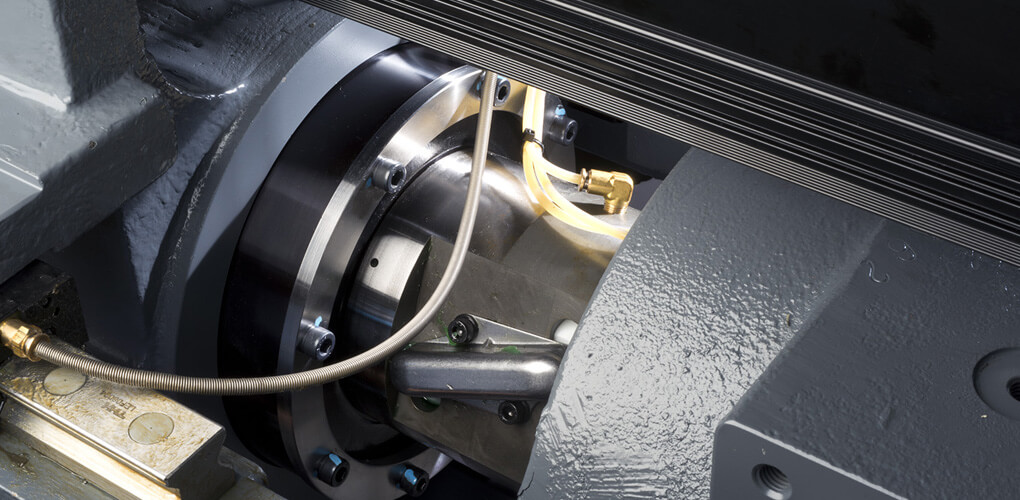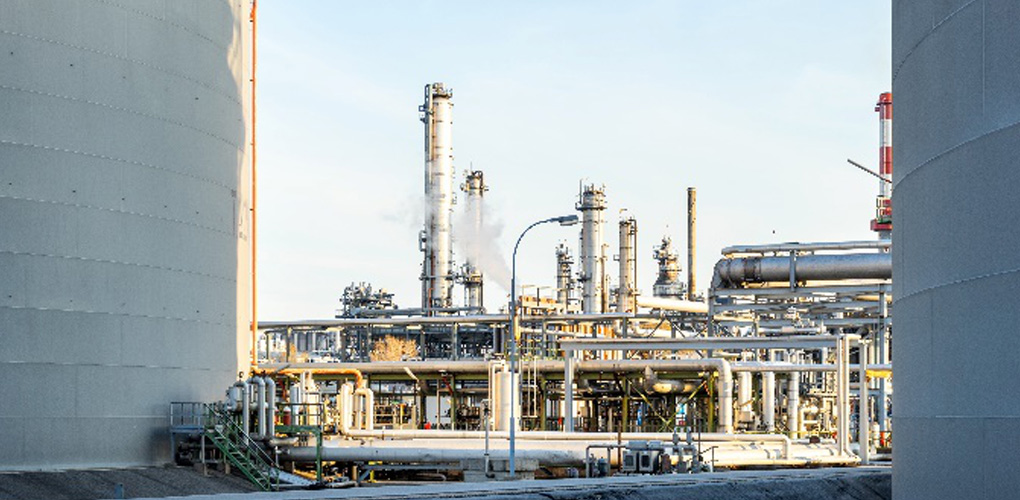Pressure Transmitter for Oil Help Make Extracting Oil and Gas Cleaner and Greener
Extraction of Oil and Gas using Pressure Transmitter
The use of pressure transmitter for oil and gas is becoming a norm in the world of the oil refinery. They are actually high in demand for pressure transmitters. The reason they put so much force into using such transmitters is because of its nature of accuracy. Along with this, they are compatible with danger zones.
The use of pressure transmitters for oil and gas extraction is actually meeting the requirements of the petrochemical industry. The development of this method relies on the range of double termination and subsea discrepancy projects. There is a large variety of pressure transmitters for oil drilling and exploration which is becoming much common.
You May Also Read: Instruments Used for the Pressure Sensor for Sewage Treatment
The silicon-sapphire equipment, with certified engineering techniques, is the best way to extract oil and gas. Engineers specifically look for such pressure transmitters that can work on specified instructions for the perfect extraction.
The perfect combination of the pressured measurements and the right kind of design aspects make the best kinds of extraction tools. Moreover, the added benefit of pressure transmitter extraction of oil and gas is that they are much more affordable with impressive results. The custom-designed pressure transmitters are becoming widely acclaimed in this particular industry.

Pressure Transmitters Extraction of Oil and Gas for a Cleaner and Greener
In this deteriorating world, where every useful natural resource is diminishing day by day it is important to preserve as many resources as we can. Oil and petroleum gas extraction is a very chaotic process. In order to preserve resources, more and more organizations involved in the oil refinery business are anxious in identifying ways to make their extraction in such a way that makes it compassionate for the climate. A greener Earth is significant for the life on it.
The extraction of gas is quite a flammable procedure that needs to be done very carefully in order to extract oil and gas. The extraction takes place in rather hazardous settings, mainly in view of supporting the blowdown technique. This method creation is to clear fluid development in the containers that have gas wells. Consequently, this helps in reestablishing the gas/oil well's adeptness. In a blowdown, pressure introduces in the head of the well so the framework shuts down.
After reaching the desired pressure input, the head of the well opens. This helps the natural gases to eliminate or drift away from the entire system. In this way, it releases the system of any blockages. Additionally, it discharges the liquefied waste and internal gas production in the adjacent surroundings.
Well-blowing
For the purpose of well-blowing, the use of a plunger-lift system serves the right purpose. It is a tidy, productive, and practical choice for the blow-down. This system indulges in using the build-up that occurs naturally for clearing up the linings in the well. Therefore, it eliminates the necessity to issue out the polluted liquid and petroleum gas into the surroundings. Here is where the pressure transmitters play the important role in contemplating the pressure management at each step of the plunging lift system.
Specific pressure transmitter designs help in working under such perilous conditions. Instead of using the regular extractors, specific pressurized transmitter extractors help in the excavation of the oil and gas industry.
The use of such pressure transmitting excavators helps in refining the extraction system altogether. This is in a way of preventing the environment by the unnatural ways industries are extracting gas and oil from reserves. The use of pressure transmitters is actually a great way of making a deep consideration of the changes that are happening in the surroundings.
Working of a Plunger lift System on the Wellheads
The following steps show the working of a Plunger lift System on the Wellheads. The plunger lift locates at the uppermost point of the wellhead's greaser. In this latent state, fluids start developing in the creation tube of the wellhead, which builds up the back pressure and eases gas release. The wellhead closes when liquid eases back the gas creation. The plunger lift flips to graft opening, at the cylinder's creation base.
Furthermore, the pressure starts to accumulate in the wellhead tubing and packaging. Then the pressure delivers which opens the wellhead and levels out the building pressure and sends the plunger to aggregate the liquid on top of the wellhead. Moreover, the plunger stays at the highest point of the lubrication of the wellhead; this allows the fluids to get away from the framework using the upper lubricating source. These accumulated liquids go directly into the storage components.
Using the pathway of the lubrication unit, the gases leave the lifting system. Then the gases pile up and sent to the sales lines. The plunging unit remains on top of the wellhead in all the cases, to render help in case the lubricator unit needs it. This is because the plunger keeps manipulating the back transmitter pressure for the lubrication to drop and repeat the process as many times as required for the gas/oil reserves to extract.
Use of Pressure Transmitters for Casing and Tubing Applications
The plunger lift system is very important and plays a very important role in all the pressure transmitter process. They help in providing very accurate measurements of the pressure. Determining the right kind of pressure measurements for the excavation of gas/oil is significant in making the variety of casing and tubing applications that take place during the whole process.
The Pressure transmitting for casing and tubing applications comprise of the following features. The borehole pressure, casing tube pressure, and flow rate monitoring. It must have lower lubricator outlet pressure, production tube pressure, and upper lubricator outlet pressure.
The use of pressure transmitters is quite common in the industrial sector. It is important that the pressure transmitters used in the extraction of gas/oil are certified. They must carry Class I Division I and/or Class I Division II high-risk areas like being explosion-proof.
The Right way to select the Right Pressure Transmitters for the Extraction
We already know that certified, hazard-free pressure transmitting excavators fulfill the need for gas and oil extraction. There surely are some features that make a pressure transmitter the right one for the desired extraction.
The desired features include complete gauge pressure measurement. The accuracy in the error proportions, pressure transmitter cabling for the cable leads. Along with Class I Division I or Class I Division II risk-free area pressure transmitter. It also includes a conduit or non-conduit pressure transmitter, Duct wiring protection for high-risk surroundings, and Electromagnetic interference (EMI). The basic safety and explosion-proof pressure transmitter, system compatibility with dampness resistance. It must be free of Radio-frequency interference (RFI), Average diaphragms, Turbulence-free static-fluid, Vertical, and horizontal mounting options, and tremor resistance.
You May Also Read: Choosing Hydraulic Pressure Sensor for OEM Application
Conclusion
In conclusion, it remains a known fact that the use of pressure transmitters for oil and gas extraction can’t be stopped. Instead, they use pressure transmitters in an excavation can help reduce unnecessary pollution.
Engineers are actually devising ways of extracting from the natural reserves so that they don’t affect nature in harsh ways. Of course, using subtler methods like pressure transmitters for excavation can help a lot in achieving this goal.
A cleaner and greener environment gives rise to solutions for all the impending problems like pollution and environmental contamination. This in return is helping not only in ridding the environment of harmful pollutants but also keeping in consideration the human ingestion factor.
For More Information, Contact Us Today!













